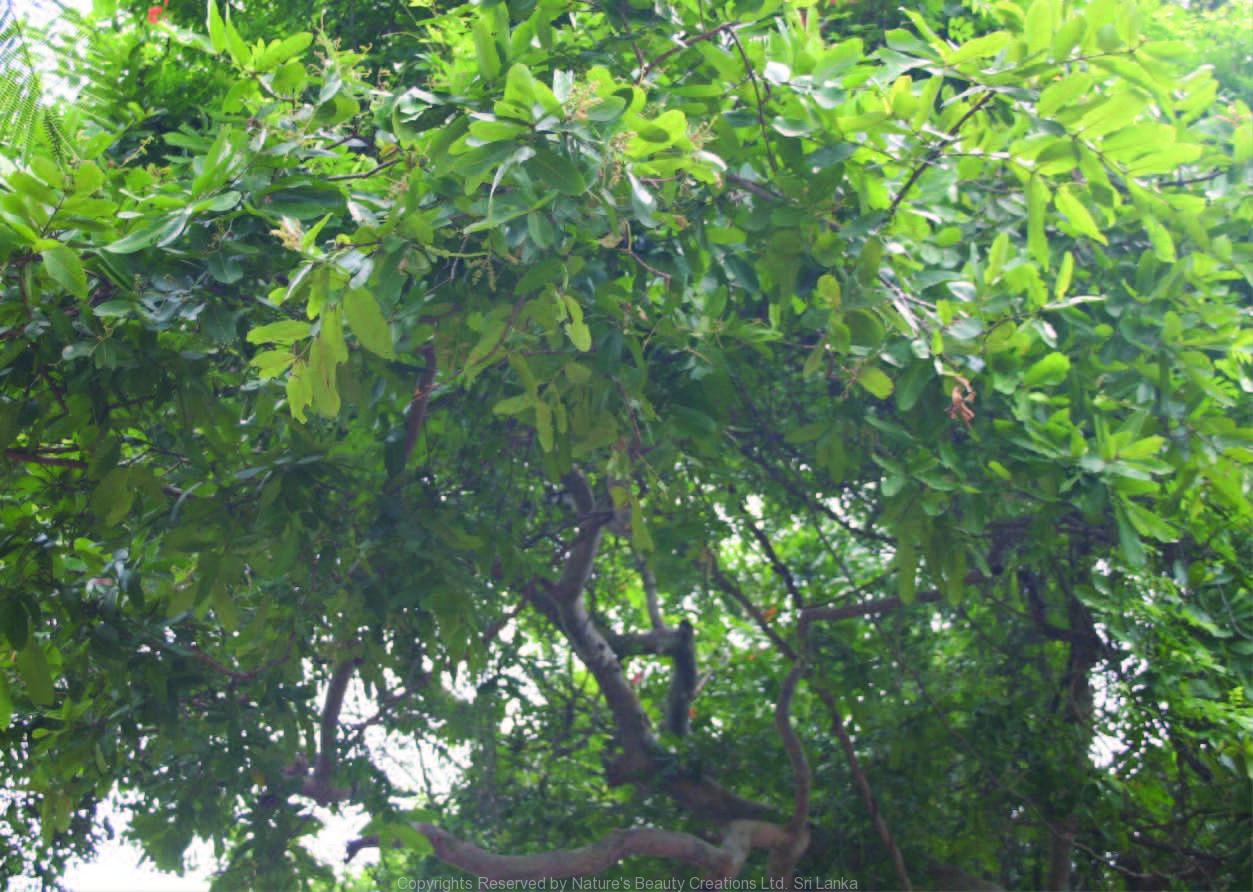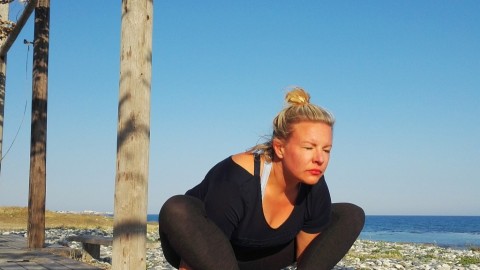Before we enter Yoga Sutra 31 let’s understand – Attitude Towards Life.
Once a Master of Zen invited questions from his students. A student asked.
“What future rewards can be expected by those who strive diligently with their lessons?”
Answered the Master, “Ask a question close to home.”
A second student wanted to know, “How can I prevent my past follies from rising up to accuse me?”
The Master repeated, “Ask a question close to home.”
A third student raised his hand to state, “Sir, we do not understand what is meant by asking a question close to home.”
“To see far, first see near. Be mindful of the present moment, for it contains answers about the future and past. What thought just crossed your mind? Are you now sitting before me with a relaxed or with a tense physical body? Do I now have your full or partial attention? Come close to home by asking questions such as these. Close questions lead to distant answers.”
THIS is the yoga attitude towards life. Yoga is not meta-physical. It does not bother about the distant questions – faraway questions, about past lives, future lives, heaven and hell, God, and things of that sort. Yoga is concerned with questions close at home. Closer the question, the more is the possibility to solve it. If you can ask the question closest to you, there is every possibility that just by asking, it will be solved. And once you solve the closest question, you have taken the first step. Then the pilgrimage begins. Then by and by you start solving those which are distant – but the whole yoga inquiry is to bring you close at home.
So if you ask Patanjali about God, he won’t answer. In fact he will think you a little foolish. Yoga thinks all metaphysicians foolish; they are wasting their time about problems which cannot be solved because they are so far away. Better start from the point where you are. You can only start from where you are. Each real journey can begin only from where you are. Don’t ask intellectual, metaphysical questions of the beyond; ask the questions of the within.
This is the first thing to be understood about yoga; it is a science. It is very pragmatic, empirical. It fulfills all the criteria of science. In fact what you call science is a little far away, because science concentrates on objects. And yoga says unless you understand the subject, which is your nature, closest to you, how can you understand the object? If you don’t know yourself, all else that you know is bound to be erroneous, because the base is missing. You are on faulty ground. If you are not enlightened within, then whatsoever light you carry without is not going to help you. And if you carry the light within then there is no fear: let there be darkness outside; your light will be enough for you. It will enlighten your path.
Metaphysics does not help; it confuses.
Osho wrote – It happened When I was a student in university. I joined the subject of moral philosophy, ethics. I attended only the first lecture of the professor. I could not believe that a man can be so outdated. He was talking almost a hundred years back, as if he was completely unaware of what new growth has happened to the subject of moral philosophy. But that could have been forgiven. He was tremendously boring, as if he was making all efforts to bore you. But that was also not a big problem; I could have slept. But he was annoying also, jarring – his voice, his manners…. But that, too, one can become accustomed to. He was very much confused. In fact I have never come across a man with so many qualities all joined in one person.
I never went again to his class. Of course, he must have been annoyed by that, but he never said anything. He waited for his time, because he knew one day I will have to appear in the examination. I appeared. He was even more annoyed because I got ninety-five percent marks. He could not believe it.
One day when I was coming out of the university cafeteria and he was going in, he caught hold of me. He stopped me and said, “Listen. How did you manage? You only attended my first lecture, and for two years I have not seen your face. How did you manage to get ninety-five percent marks?”
I said, “It must be because of your first lecture.”
He looked puzzled. He said, “My first lecture! Just out of one lecture? Don’t try to be-fool me,” he said, “Tell me the truth.”
I said, “Proprietary won’t allow it.”
He said, “Forget all about proprietary. Just tell me the truth. I will not mind.”
I said, “I have told you the truth, but you have misunderstood it. If I had not attended your lecture I would have got a hundred percent. You confused me! That accounts for those five percent I lost.”
Metaphysics, philosophy, all distant thinking simply confuse you. It leads you nowhere. It muddles your mind. It gives you more and more to think, and it doesn’t help you to become more aware. Thinking is not going to help: only meditation can help. And the difference is: while you think, you are more concerned with thoughts; while you meditate, you are more concerned with the capacity of awareness.
Philosophy is concerned with the mind; yoga is concerned with consciousness.
Mind is that of which you can become aware: you can look at your thinking, you can see your thoughts passing, you can see your feelings moving, you can see your dreams floating like clouds. Riverlike, they go on and on; it is a continuum.
The one that can see this is consciousness.
The whole effort of yoga is to attain to That which cannot be reduced to an object, which remains irreducible, to be just your subjectivity. You cannot see it because it is the seer. You cannot catch hold of it, because all that you can catch hold of is not you. Just because you can catch hold of it, it has become separate from you. This consciousness, which is always elusive and always stands back and whatsoever effort you make all efforts fail… to come to this consciousness – how to come to this consciousness – is what yoga is all about.
To be a yogi is to become what you can become. Yoga is the science of stilling what has to be stilled and alerting what can be alerted. Yoga is a science to divide that which is not you and that which is you, to come to a clear-cut division so that you can see yourself in pristine clarity. Once you have a glimpse of your nature, who you are, the whole world changes. Then you can live in the world, and the world will not distract you. Then nothing can distract you; you are centered. Then you can move anywhere you like and you remain unmoving, because you have reached and touched the eternal, which never moves, which is unchanging.
Today we start the third step of Patanjali’s YOGA SUTRAS, “Vibhuti Pada.” It is very significant because the last, the fourth, “Kaivalya Pada,” will be just attaining to the fruit. This third. “Vibhuti Pada,” is the ultimate as far as means are concerned, techniques are concerned, methods are concerned. The fourth will be just the outcome of the whole effort. Kaivalya means aloneness, absolute freedom of being alone, no dependence on anybody, on anything – so content that you are more than enough. This is the goal of yoga. In the fourth part we will be talking only about the fruits, but if you miss the third you will not be able to understand the fourth. The third is the base.
If the fourth chapter of Patanjali’s YOGA SUTRAS is destroyed nothing is destroyed, because whosoever will be able to attain the third will attain to the fourth automatically. The fourth can be dropped. It is in fact, in a way, unnecessary because it talks about the end, the goal. Anyone who follows the path will reach the goal, there is no need to talk about it. Patanjali talks about it to help you, because your mind would like to know, “Where are you going? What is the goal?” Your mind would like to be convinced, and Patanjali does not believe in trust, in faith, in belief. He is a pure scientist. He simply gives a glimpse of the goal, but the whole basis, the whole fundamental basis is in the third.
Up to now we were getting ready for this Vibhuti Pada, the ultimate in means.
Up to now in two chapters we have been discussing means which help, but those means were outer. Patanjali calls them “bahirang.” “on the periphery.” Now these three – dharana, dhyan, samadhi, – concentration, meditation, samadhi – these three he calls “antarang,” “internal.” The first five prepare you, your body, your character – you on the periphery – so that you can move inwards. And Patanjali moves step by step: it is a gradual science. It is not a sudden enlightenment; it is a gradual path. Step by step he leads you.
Tags: Attitude Towards Life Patanjali










